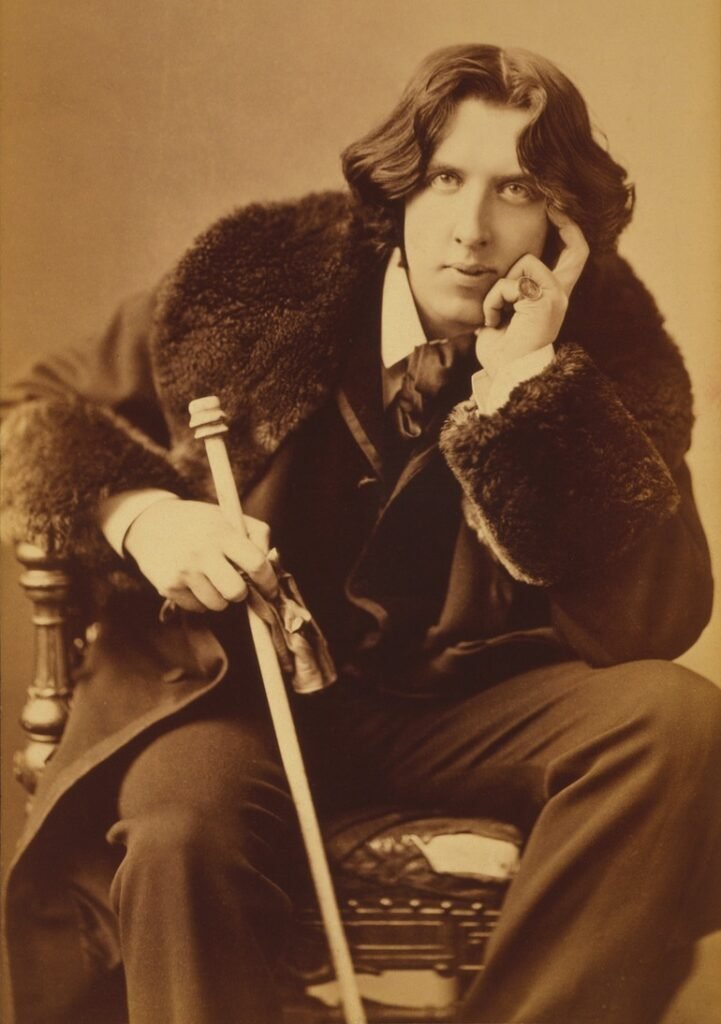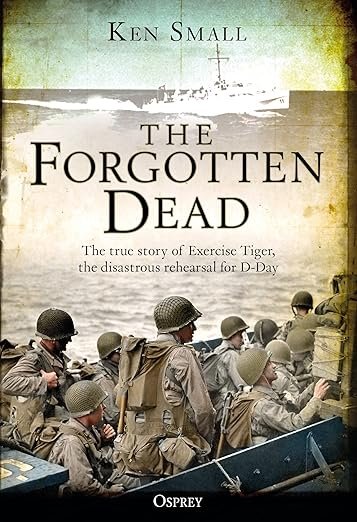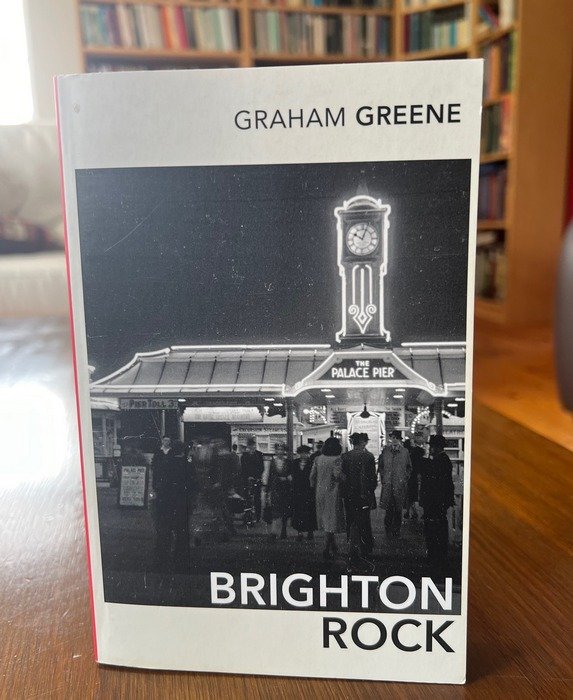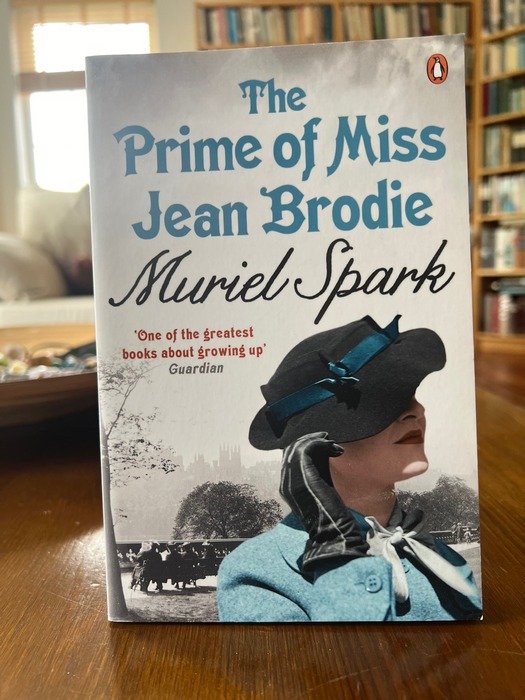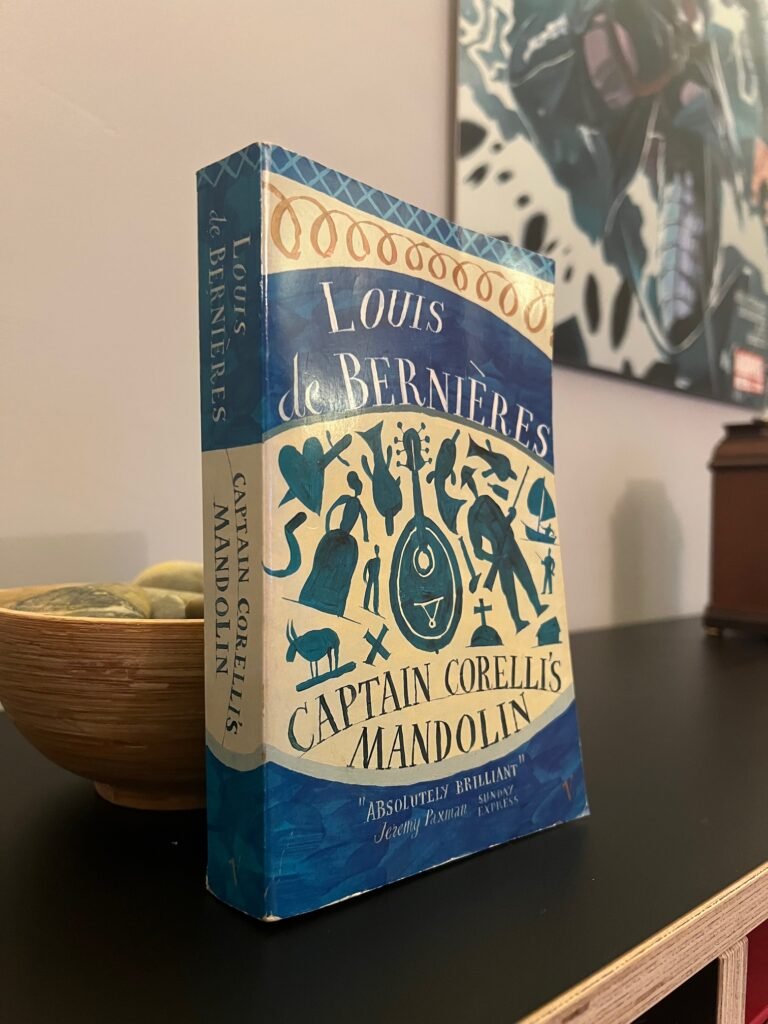Book Review: Nostromo
(This review is not completely spoiler-free, but you should be OK).
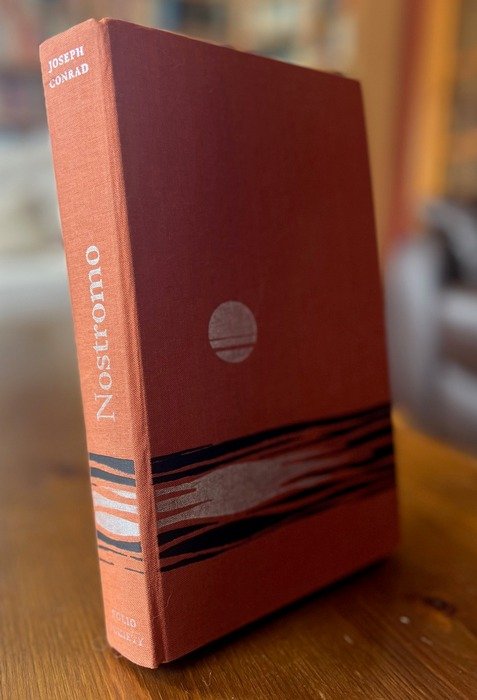
First published in 1904, Nostromo is Conrad’s longest novel. It is set in Costaguana, an imagined South American country, and documents a period of revolution and armed struggle.
Central to the story is the San Tome silver mine, the inestimable wealth of which controls the destinies of individuals and nations alike. Conrad employs a diverse cast of characters to explore themes of colonialism, capitalism, idealism, revolution, class struggle, corruption and integrity.
My previous encounters with Conrad have not been auspicious. I read The Nigger of the Narcissus as a teenager, and can recall precisely nothing about it. A few years back, I read Heart of Darkness and came away feeling underwhelmed and that I must have missed the point. And this was my third attempt at Nostromo.
Third Time Lucky
I’m so glad I tried again. It’s a monumental work, I very much enjoyed it, and I finally see why Conrad is adored and debated in equal measure.
Everything about Nostromo is odd. There’s the first section, a long piece of scene-setting, which sometimes reads like the script to an extraordinarily well-written travelogue. There’s the shifts in narrative voice, from the comedically pompous Captain Mitchell to the cynic-turned-idealist Martin Decoud. There’s the tripping to and fro in time, where events are first presented and then retrospectively unpicked. And there’s the constant layering of the characters – an impressionistic technique that Conrad employed to create greater realism.
Now, there’s good odd and there’s bad odd. For me, Nostromo is the former. I rather like being wrong-footed by books, and this happened more than once. For example, after an intellectually intriguing but somewhat static beginning, the narrative unexpectedly starts rattling along like an adventure story. Unfortunately, this wrong-footing also makes it difficult for me to formulate a coherent response, if indeed I’m ever capable of that. There’s just too much terrain to cover.
Colonial vs Indigenous Rule

Nostromo is Conrad’s most overtly political novel. I’m ill-equipped to comment on what he may be saying, but, hey, no harm in trying.
In the time-span covered by the novel, Costaguana has recently emerged from a bloody and brutal dictatorship into a period of stability and peace. The bulk of the narrative documents an armed struggle that destroys that peace. As things draw to a close, peace is re-established, but it’s clear that it’s not going to last. The colonial powers are establishing themselves and whilst they bring development and prosperity, they’re also bleeding the country of its natural wealth, as well as usurping any indigenous leadership. And by doing so, they are sowing the seeds of future bloodshed and insurrection.
So Conrad seems to be suggesting that both colonial and indigenous rule are fated to create human misery. The cycle of greed, violence, blind idealism and exploitation goes on and on. All individual responses to these forces – from the cynicism of Martin Decoud to the good works of Mrs Gould – are equally futile. Idealism is the universal corrupting force – in the pursuit of our ambitions, we are forever forced into corrupt expedience. The Costaguanan silver can be seen as a central metaphor – though pure itself, the desire for silver corrupts everyone who encounters it.
So, Nostromo is completely depressing, then?
Given all of the above, the novel ought to feel depressing, but I’m not sure it does. Although collectively, their fate looks gloomy, characters have their temporary, individual triumphs. Every dog has its day, and none more so than the eponymous Nostromo himself, ‘the magnificent capataz de Cargadores’. I was mesmerised by him, and his struggle.
This is by no means what Conrad intended. He was clear that Nostromo is a cipher, no more than a symbol for the body of the people (the working classes, perhaps). But I’m a simple soul, raised on nothing more sophisticated than Edgar Rice Burroughs. I take the capataz quite literally. The indefatigability and sheer physical presence of our man of action childishly delights me. I’m a sucker for any character who can bend a horseshoe with his hands.
Ultimately, though, its Costaguana itself that will endure in the memory. Minutely realised, its one of the greatest of fictional lands, and one that would no doubt repay repeated visits.
The Verdict
Hey, don’t neglect this classic.
OK, calling it a classic might be a bit premature. But I reckon that my book is a pretty good read – for the right sort of person!
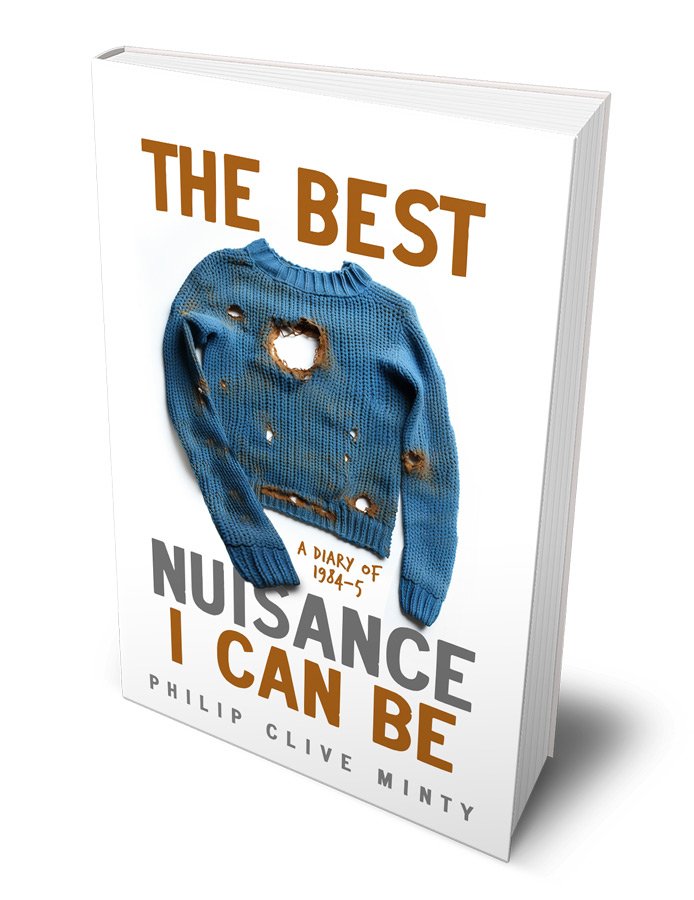
The Best Nuisance I Can Be is a novelisation of my real 1984-85 college diaries. It covers my tumultuous final year as an undergraduate at an English university, a period that delivered friendship, love, oodles of fun and some horrible self-discoveries.
